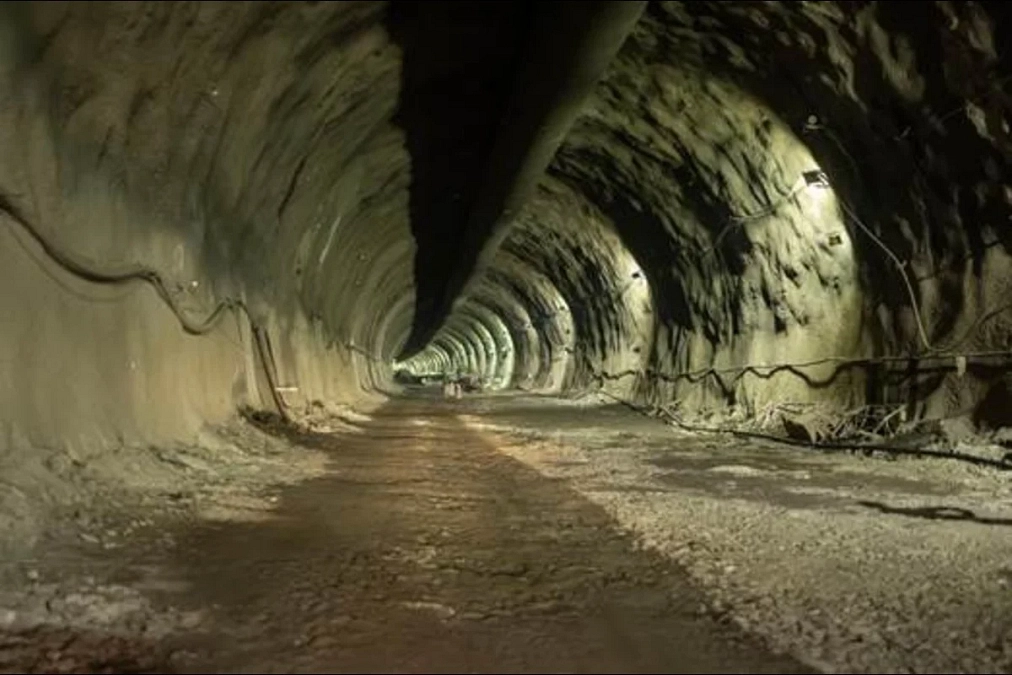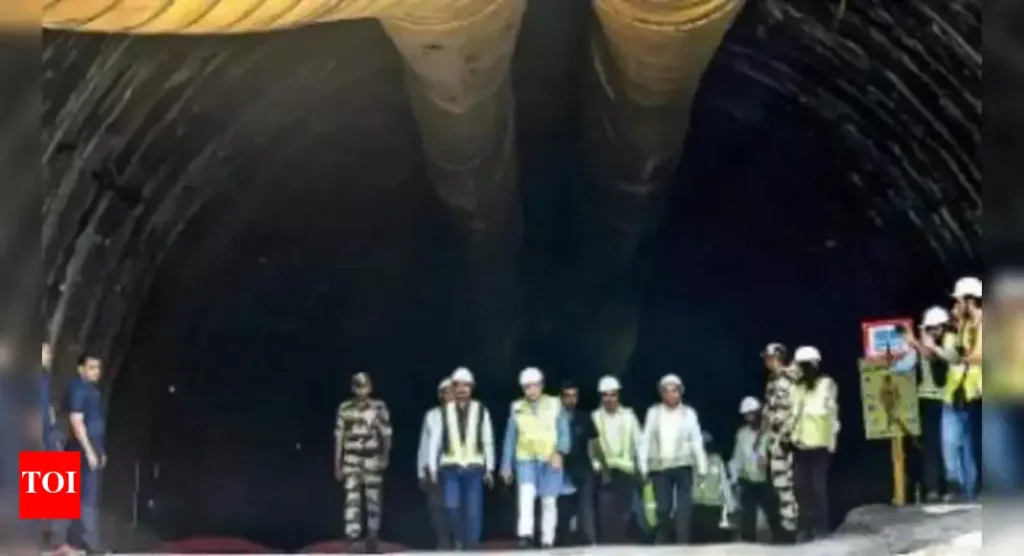India’s ambitious Mumbai–Ahmedabad bullet train project has crossed a historic milestone. On Saturday, engineers achieved a major breakthrough by completing excavation of a 4.8-km stretch of India’s first undersea tunnel, connecting Mumbai and Thane beneath the city’s creek.
Union Railway Minister Ashwini Vaishnaw, who visited the site, called it a “landmark achievement in India’s infrastructure journey” and said the development puts the country on the global map of high-speed rail innovation.
A Mega Engineering Feat
The tunnel, part of a larger 21-km undersea corridor, is being built by the National High Speed Rail Corporation Limited (NHSRCL) using state-of-the-art technology inspired by Japan’s Shinkansen network. Once complete, it will allow India’s first bullet train to zip seamlessly under water at speeds of up to 320 kmph.
“Constructing an undersea tunnel of this scale in a seismic zone and under challenging soil conditions is no small feat,” Mr. Vaishnaw said, congratulating the engineers and workers who made the breakthrough possible.

Japan’s E10 Shinkansen Trains on Track
In another big update, the Railway Minister confirmed that Japan has agreed to provide E10 Shinkansen trains to India following a joint review of the project. These cutting-edge trains will bring world-class speed, safety, and comfort to Indian passengers.
Phased Rollout: 2027 to 2029
According to project plans, the Surat–Bilimoria stretch of the bullet train corridor will be operational by 2027, extended to Thane by 2028, and finally reaching Mumbai by 2029. This phased approach aims to accelerate benefits for passengers and boost connectivity in western India.
A Symbol of Modern India
When complete, the Mumbai–Ahmedabad bullet train will be the first of its kind in India, drastically cutting travel time between the two cities and reshaping the region’s economic landscape. The undersea tunnel, once a distant dream, is now a testament to India’s growing engineering prowess.


